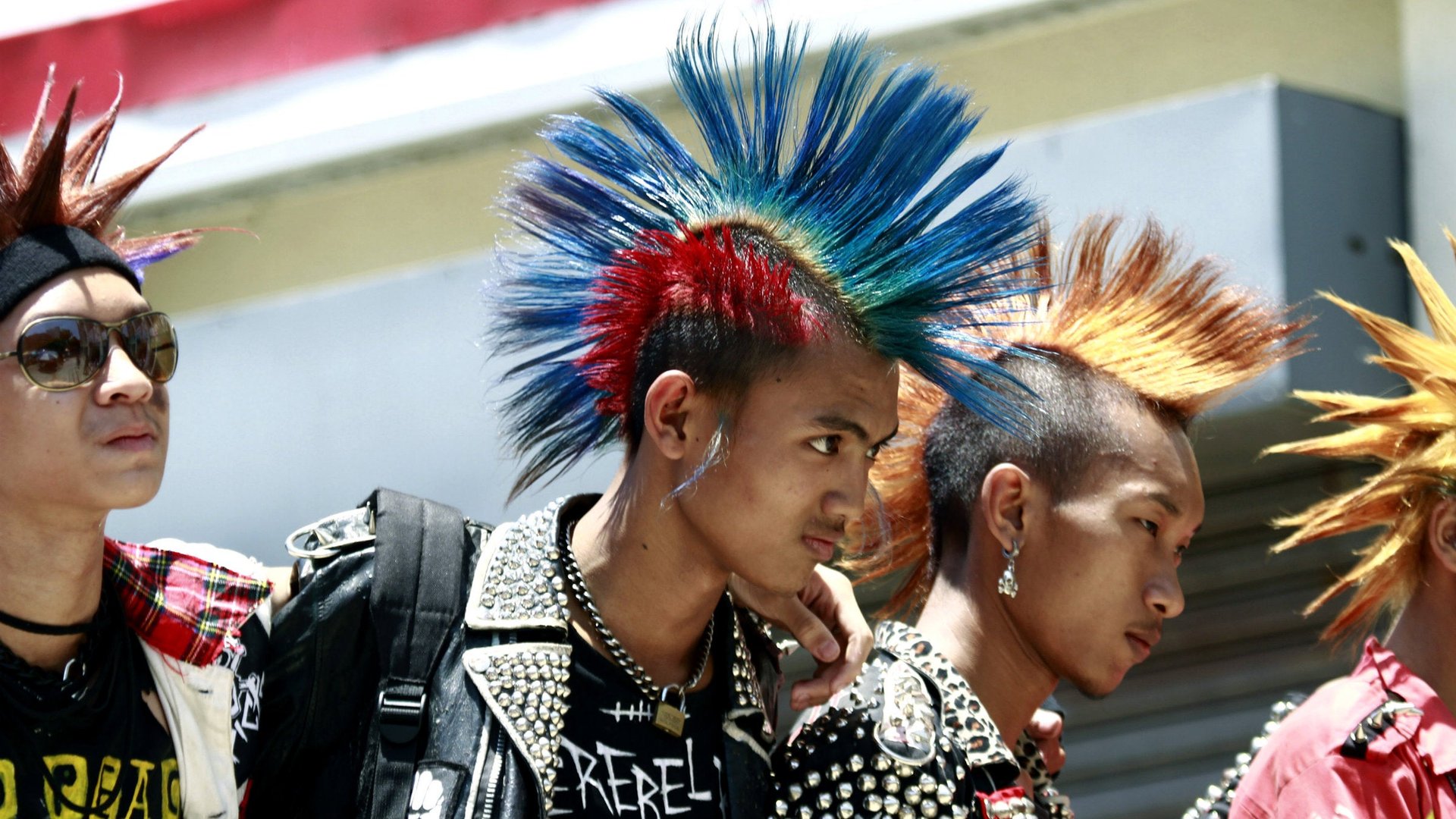Myanmar’s punk movement is fueled by anger at rising income inequality
In the past few years, a striking sight has become visible on the streets of Yangon in Myanmar: punks, sporting mohawks and studded leather jackets, with skull and crossbones tattoos on the backs of their hands.


In the past few years, a striking sight has become visible on the streets of Yangon in Myanmar: punks, sporting mohawks and studded leather jackets, with skull and crossbones tattoos on the backs of their hands.
This could be viewed as a sign that young people in the former hermit kingdom are celebrating new found freedoms, or, like their punk forbears in 1970’s London or New York, are alienated from their society’s traditional norms. But that’s not it at all.
Instead Myanmar’s young punks are expressing deep anger that the country’s newfound economic boom is leaving them behind. It’s ”young people feeling there is no future for themselves,” says Dr. Jonathan Bogais of the University of Sydney, who lectures on southeast Asian and pacific affairs. “They see a growing gap between rich and poor, they see wealth building up which they believe will never benefit them.”
He adds: “They feel they cannot demonstrate freely. So punk is an expression of rebellion and anger … what you hear time and time again in the music is the word ‘resistance'”.
Years after the nation’s post-junta government took power in 2010, promising reform, people still cannot freely surf the internet or demonstrate safely in the streets. And as foreign investment trickles into the country, the gap between rich and poor is growing quickly. Tycoons who were connected to the junta are benefiting from foreign investment that is rushing in after international sanctions were lifted. Meanwhile, many Myanmese workers earn $2 a day, and the country is the poorest in southeast Asia..
The movement’s bands are heavily political. One popular group is Rebel Riot (Facebook page) whose songs include “fuck religious rules and wars” (video)— particularly noteworthy amid the Buddhist-Muslim violence sweeping the country. “For your religion,” the song’s English subtitles read, “man kills man. For us, look like a war of dogs.”
Bogais, who has visited Myanmar to study the punk movement, says it’s unclear how a music culture that was popular in the United Kingdom and the US in the 1970s has ended up here. It may have migrated from other southeast Asian countries such as Indonesia, where the young have also adopted punk as their means of speaking out against a repressive regime. “But no movement in the last 30-40 years [in Myanmar] has been as strong,” he adds.
Myanmar’s post-Junta government is worried. It has followed Indonesia’s lead in cracking down on the punk movement – which proves the nation’s youth are justified in railing against their lack of personal freedoms.